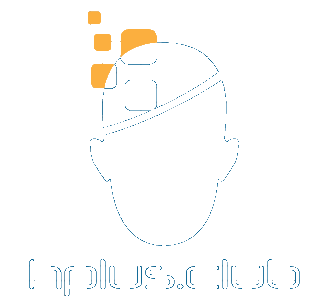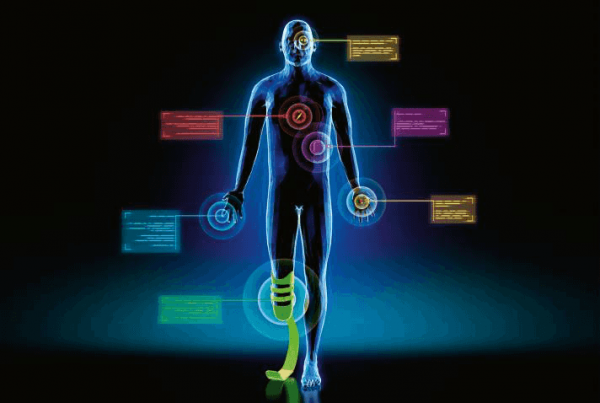- When will AI surpass Facebook and Twitter as the major sources of fake news? – May 23, 2023
- The evolution of aging – May 7, 2023
- The (new) telomere theory of aging – April 15, 2023
I was quite surprised when I saw the latest cover of c’t magazine. In big letters, you can read on the front page, “Upgrades für Ihren Körper” (Upgrades for your body). By far, c’t is the most reputable computer magazine in Germany.
In fact, even though I travel a lot around the globe, I’ve never found a better magazine in the last 30 years or so since I started earning money with computers. It is one of the few computer magazines that survived the death of print journals in Germany, and as far as I know, it is still doing quite well.
It is not just that the quality and depth of the articles are better than in any other magazine. The main reason why I like c’t is because their editors are always in touch with the latest trends. They rarely just run after hypes. If they feature a new topic, like they did in their latest issue about biohacking (grinders), it is quite likely that something new and interesting is around the corner.
Another thing you should know is that Germans are quite resistant to new trends. They usually wait until it is certain that a new trend is not just more hype. Thus, if a German mainstream magazine goes so deeply into a new topic, it is likely that a fair number of readers will be interested.
Three articles in this issue deal with biohacking, and an additional article covers transhumanism in general. The first article has the title “Selbstbau-Ich” (Do it yourself-me). It is an overview on implant technology and biohacking.
The second article is about a personal experiment by one of the c’t editors (Julius Beineke). He implanted a Digiwell (a partner company of Dangerous Things) near-field communication (NFC) chip in his hand. Unsurprisingly, he enjoys being a “cyborg” now. The applications he mentions sound funny, but are not really impressive. For instance, he uses the chip to distribute business cards as vCards, and his friends can access his apartment’s WiFi password just by touching his hand.
The next article is a bit more technical and explains how NFC implants and NFC chips in general work. The text also compares the different NFC implants available. The last article discusses “body upgrades, transhumanism, and related ethics.” If you’ve followed the debate about transhumanism for a while, you won’t find any new arguments here. However, you have to consider that this series of articles is an introduction to the topic for people who’ve never heard about transhumanism.
As much as I like that a high-circulation magazine covers the topic in such technical detail, the main problem I see is that from now on, many German computer geeks will identify transhumanism with biohacking. I mean, I would expect that a computer magazine would be mostly interested in this aspect of transhumanism. However, biohacking certainly is only a very tiny part of the movement.
Moreover, I believe that the idea of implanting computer chips in human bodies may repulse many people. Especially if the applications are just for fun, many people will see biohackers as show-offs and weirdos. It is hard to take people seriously who accept the health risks that accompany any implantation just for opening doors or transferring bitcoins without a chip card or phone. This is why I am afraid that the transhumanism movement as a whole will suffer from a close association with biohacking.






